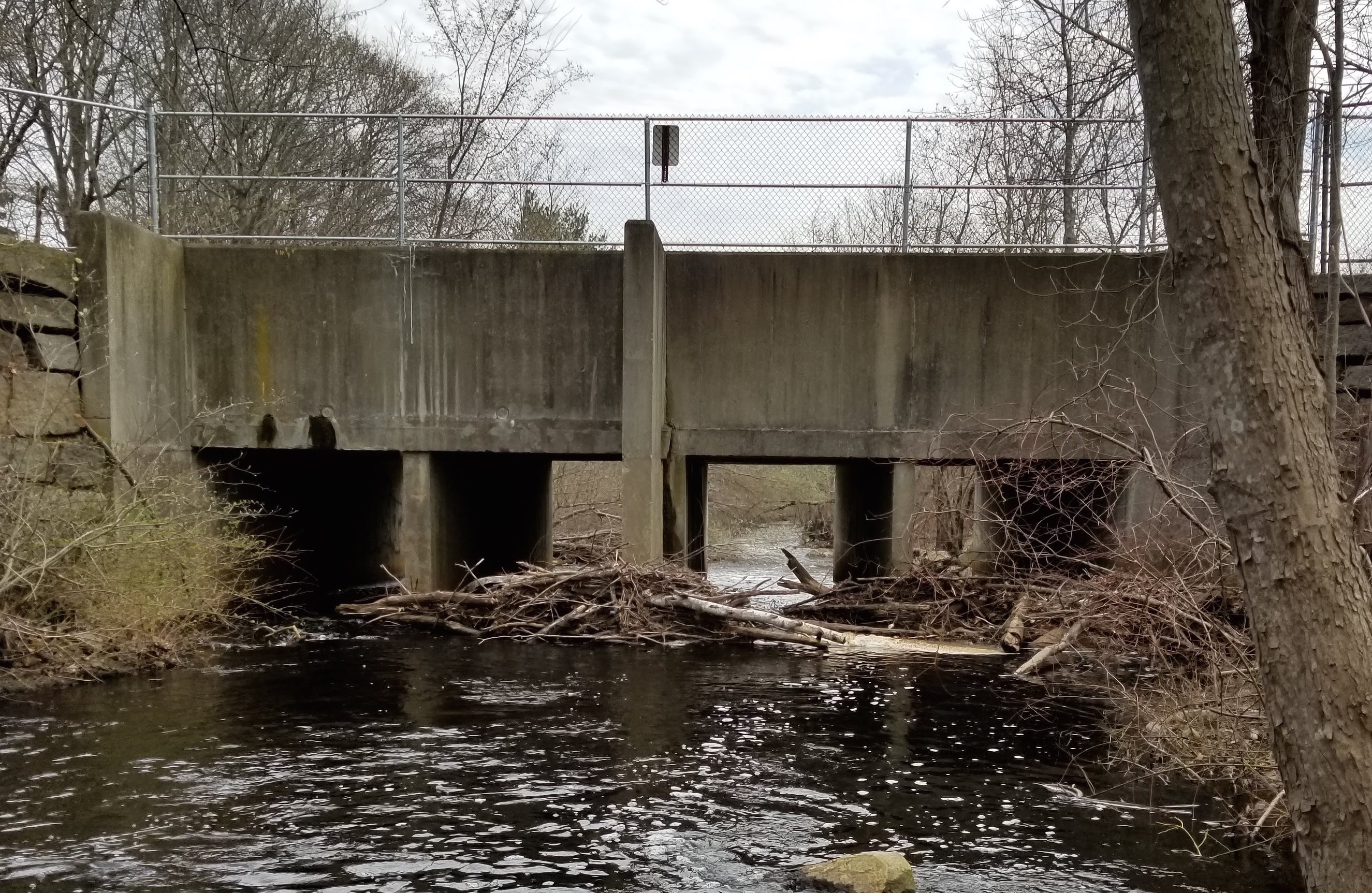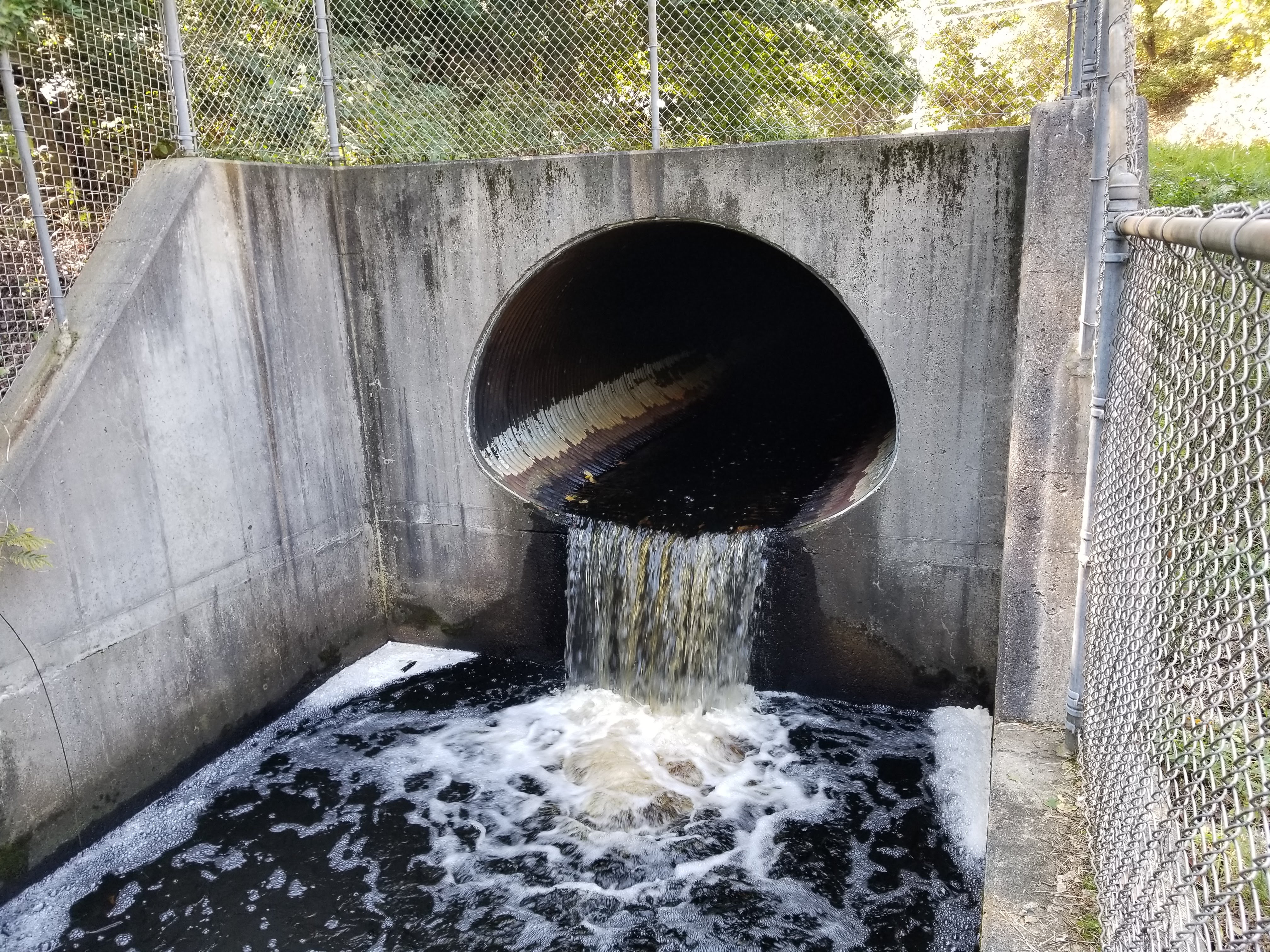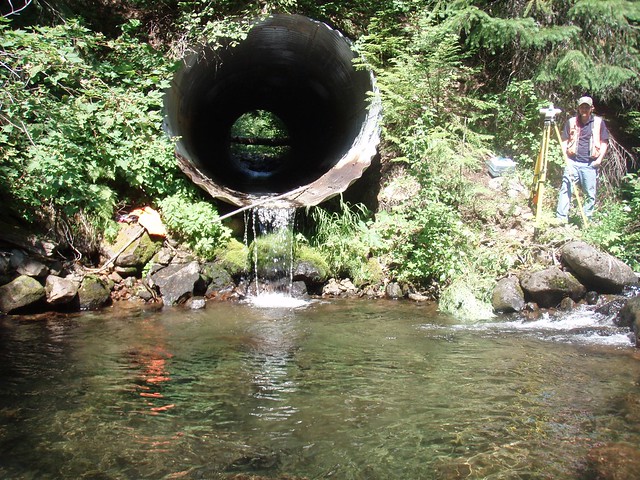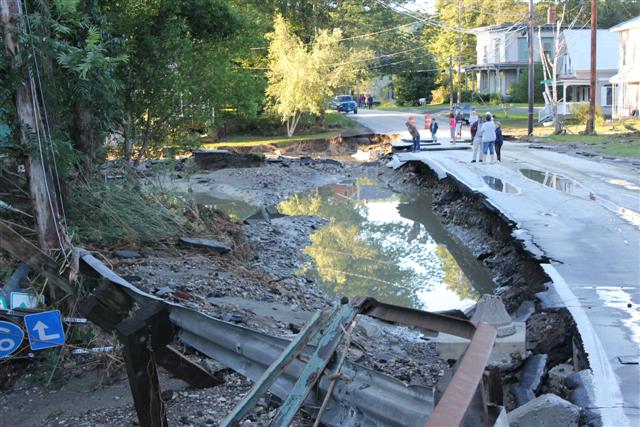The Following is a letter by our Executive Committee Secretary and Outings Chair Robert Kearns to the Massachusetts Culvert and Small Bridge Working Group. Robert is a recent graduate of UMass Amherst, a Braintree resident, and a lifelong environmental advocate.
~~~~~~~~~~~~~~~~~~~~~~~
Dear Working Group Members,
On behalf of over 130,000 members and supporters across the Commonwealth, The Sierra Club Massachusetts Chapter writes to you in support of strong standards for culverts and small bridges. We support the North Atlantic Aquatic Connectivity Collaborative standards and the great work to restore rivers and streams by Massachusetts Division of Ecological Restoration.
Culverts and small bridges across Massachusetts are undersized for current and future rainfall predictions and stronger storms as a result of a changing climate. According to the Massachusetts Division of Ecological Conservation, there are more than 20,000 of these culverts in the Commonwealth. Additionally, culverts and small bridges in coastal areas can contribute to tidal restrictions that prevent the natural flow of the tides.
Tidal restriction in a salt marsh (Robert Kearns)
One major issue surrounding culverts and small bridges is ecological connectivity for wildlife. There are many perched culverts that prevent migratory fish and resident fish from moving through the watershed. There can also be situations with low flow and shallow crossings that prevent wildlife from passing through the culverts. The opposite is also true as there are culverts and bridges with high flow where aquatic species cannot pass.
As outings chair, I work on helping get people into the outdoors and enjoy nearby nature. In my experience as a volunteer with Sierra Club as well as local non-profits like Sustainable Braintree, I have advocated and helped clean and improve local waterways in my hometown of Braintree.
Braintree has a small bridge that has small-boxed culverts that are perched on one side. The small boxes get clogged up with trash and debris and have to be cleared out to allow fish passage as well as for recreational paddlers. This work is done in conjunction with the Division of Marine Fisheries, the Town of Braintree Conservation Planner and the Department of Public Works who disposes of the refuse that we collect. This maintenance is costly in time of volunteers as well as staff in the local and state governments. Having a properly designed bridge in the future would help fish passage, recreation as well as save maintenance costs.

Clogged box culverts on the Monatiquot River in Braintree (Robert Kearns)
We also have a problem with some potentially undersized culverts and bridges in the municipal golf course that frequently flood and get clogged with trash and debris.
Braintree also has a perched culvert that prevents the passage of Rainbow Smelt on Smelt Brook near the town line with Weymouth. The culvert is a part of a flood control project created by the Army Corps of Engineers. The Corps of Engineers is in the beginning stages of doing an 1135 Restoration Study to determine ways to help improve passage at the culvert by either removing it entirely and daylighting that portion of a stream or altering it to make it not perched.

Smelt Brook Perched Culvert in Braintree (Robert Kearns)
Funding sources for Army Corps 1135 restoration studies are 50/50 federal and non-federal sources. The construction work is 75 percent federal, 25 percent non-federal. Local governments must pay for all of the maintenance of these local protection projects. It would be good to have some more funding sources from the state to fund this work as of now all of the non-federal funding is coming from mainly municipal contributions. In the case of Smelt Brook, Community Preservation Act funds from Weymouth and Braintree are funding the Army Corps 1135 feasibility study.

Perched Culvert (USA.GOV)
I studied Environmental Science at the University of Massachusetts Amherst. Living in Western Massachusetts I have been personally impacted by bridges and culverts being washed out and closed. Having to drive many miles around closed roads and bridges has negative impacts on residents who have to use more gasoline leading to more greenhouse gas emissions as well as wasted time. These closings also have impacts on first responders responding to emergencies. Stronger storms from climate change combined with old, structurally deficient, undersized bridges and culverts will likely lead to more problems in the future.
In conclusion, when considering standards for new small bridges and culverts in the commonwealth we must build it right the first time by working with nature, prioritizing wildlife connectivity, natural ecosystem services and the realities of a changing climate.
Municipalities and the state should build their bridges and culverts to standards for wildlife passage like outlined by the North Atlantic Aquatic Connectivity Collaborative. Municipalities and the Commonwealth should also build bridges and culverts in anticipation for stronger storms, more abundant rainfall, sea level rise and other impacts from a changing climate.

Severe destruction of a road and culvert in Bethel, Vermont from Hurricane Irene in 2011 (USFWS)
Although the costs to replace bridges in the short term may be high, the maintenance cost savings over the lifetime of the bridge or culvert would be much higher. Properly designed culverts and bridges have external benefits to ecosystem services, wildlife, and recreation.
I look forward to the findings of the working group and hope that we can rebuild more of our infrastructure for wildlife and a changing climate.
Sincerely,
Robert V. Kearns
Executive Committee Secretary and Outings Chair, Massachusetts Chapter